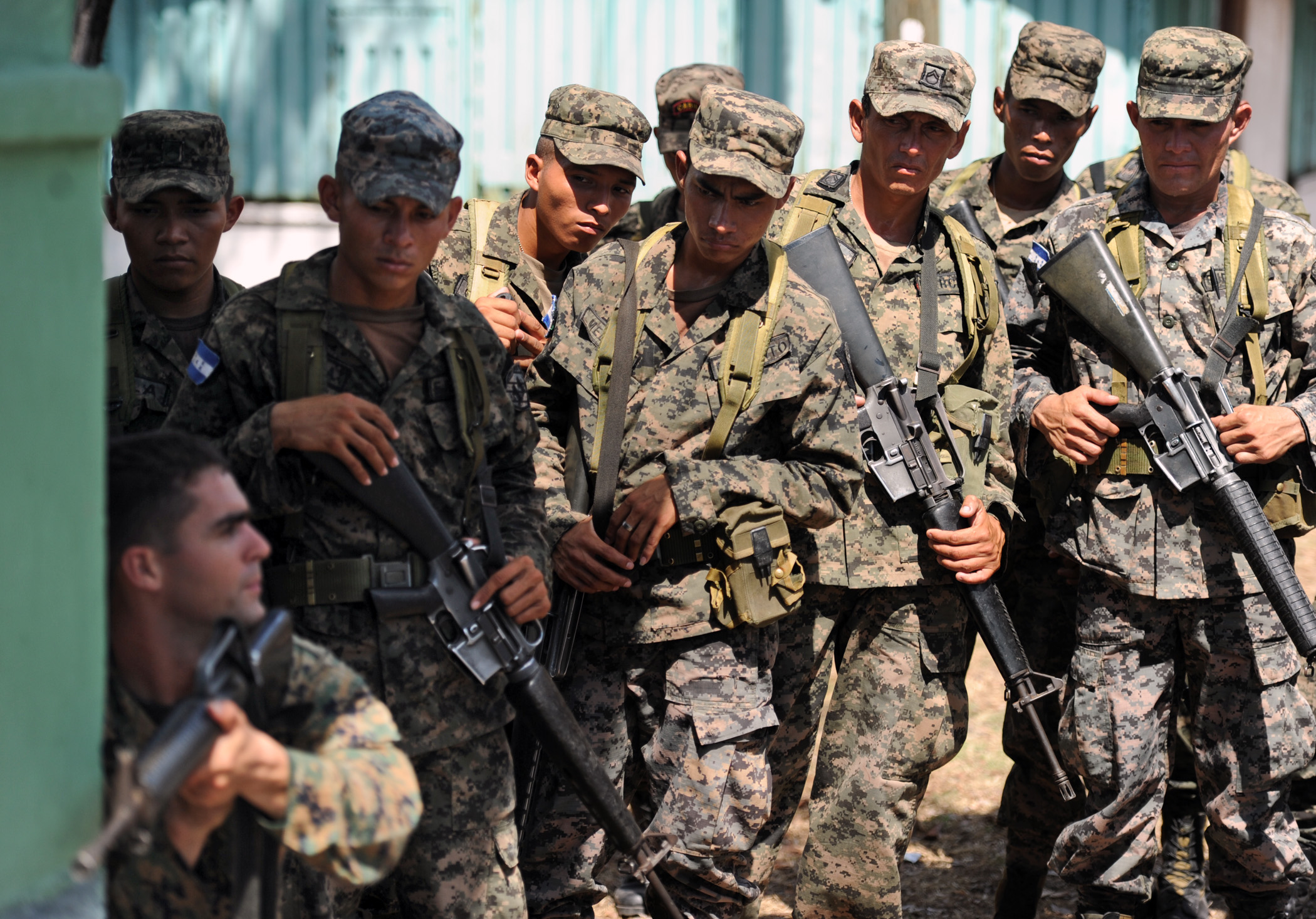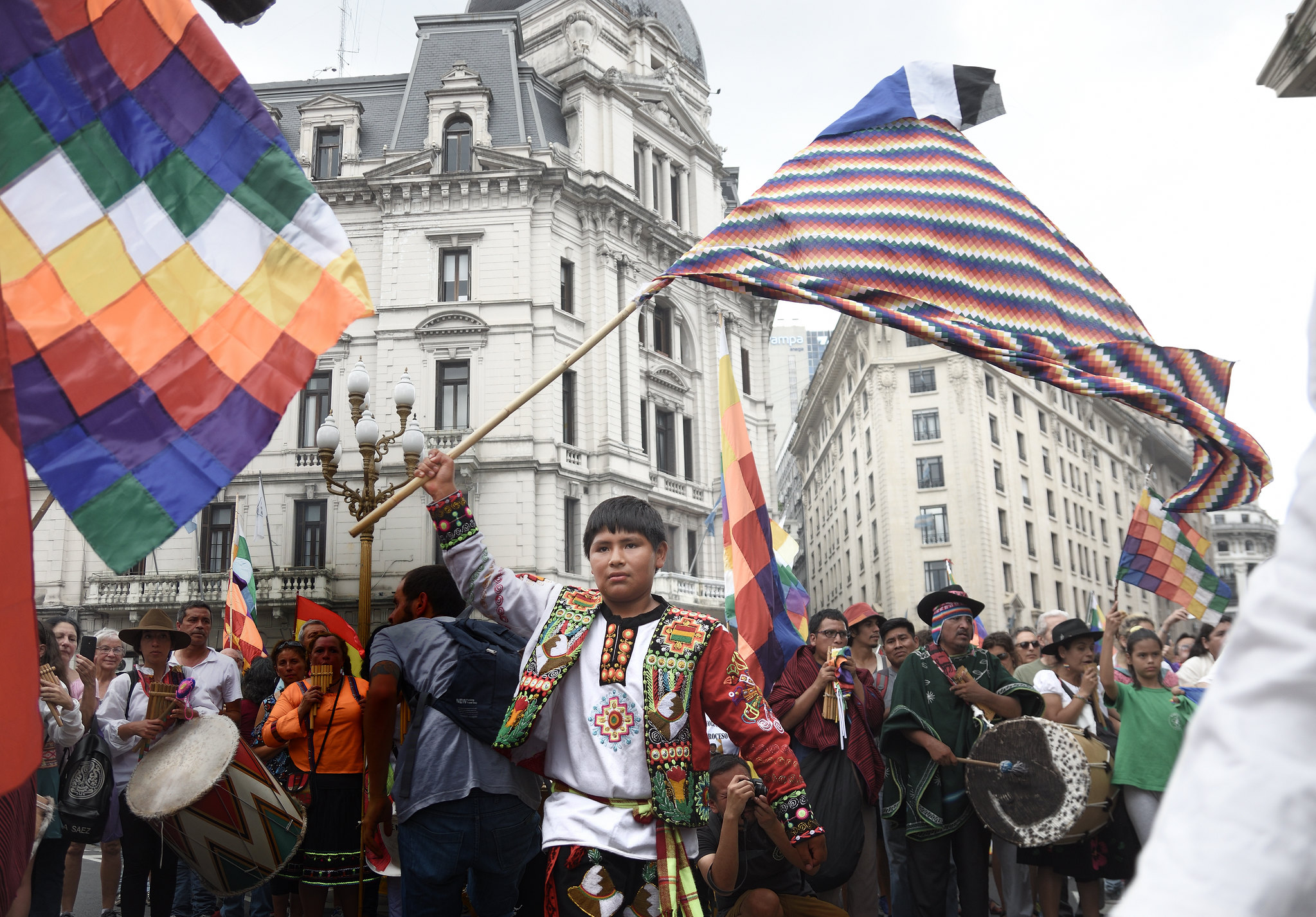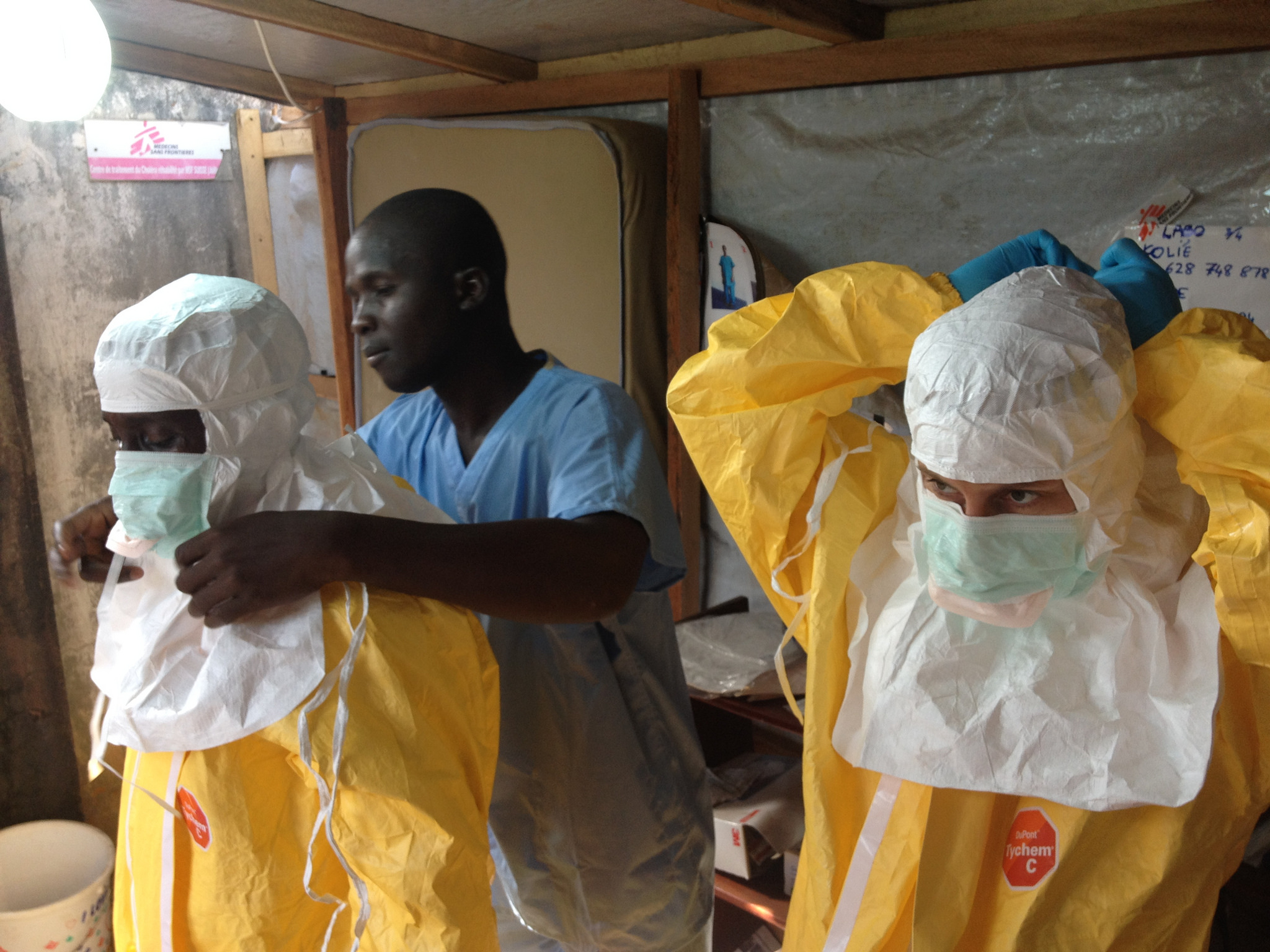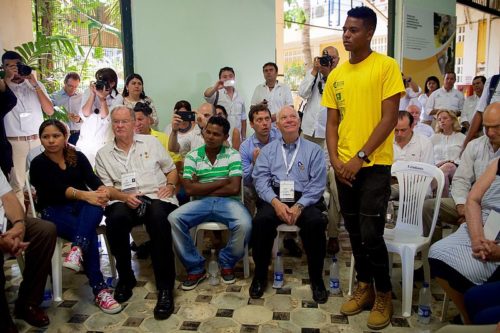
Community friction is not an interdiction fiction. Today I’m flagging an essay of mine appearing in the National Interest, “A New Approach to the Drug War.” It deconstructs the fallout from a shoot-out during a drug interdiction raid in Honduras in May, where Honduran Police and DEA agents mistakenly killed four civilians.
As both drug trafficking and interdiction practices expand — even now into Africa — there are increasing dangers and frictions for communities in the crossfire. Resolving such frictions can both limit violence and even help fight trafficking.
The piece applies an insight from my research on Colombia’s indigenous groups (“Shootings and Shamans”)about highly cohesive communities and especially indigenous communities mobilizing to confront the dangers posed by drug violence. In doing so, they reclaim their autonomy and exhibit remarkable resilience.
A few highlights:
- Residents both protested DEA and Honduran police presence and decried the violent traffickers, even ejecting local residents with drug ties.
- The Honduran Miskito coast exhibits high participation in community councils. In other words, traffickers could not have picked a worse “ungoverned” area for its potential to mobilize to defend itself, given the right trigger.
- Open dialogue and communication—so that security forces work with local communities—can help put the protection of civilians on equal footing with interdiction.
My @ a Glance colleagues will be glad to know that local communities and not just armed actors actors or states states can fill the voids of ungoverned areas, too.
Note: A similar situation is currently exploding in Colombia with the Nasa Indians protesting the presence of both the FARC and the Military in their territories—stayed tuned for my next post!







0 comments